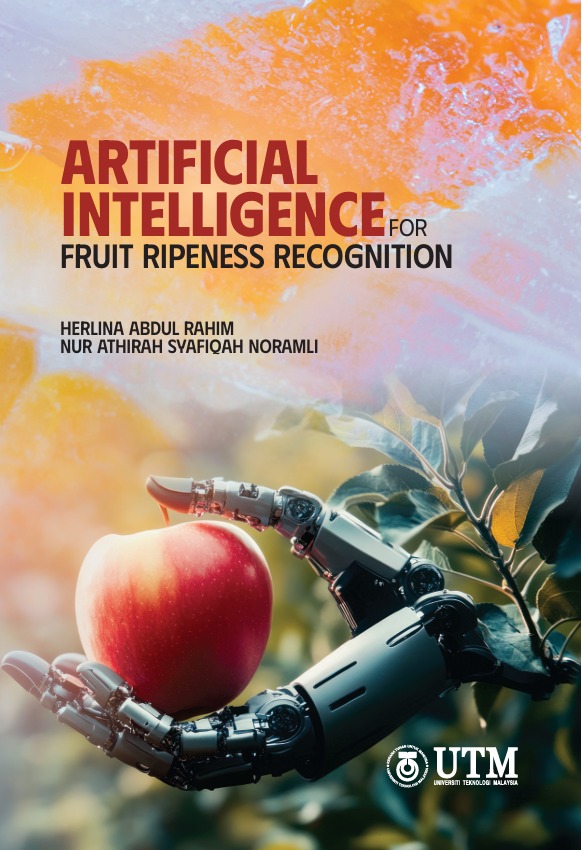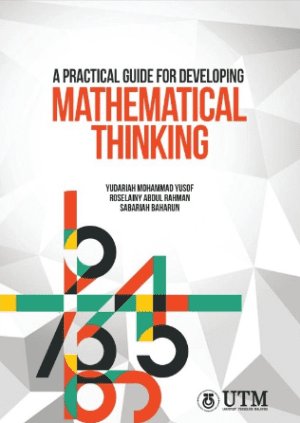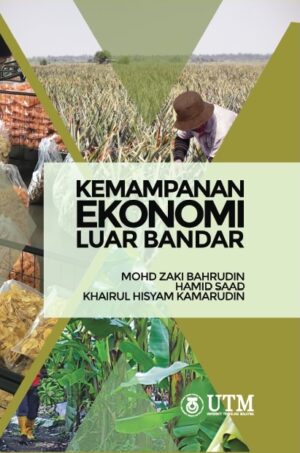Description
Fruit maturity is a critical factor in the fruit industry, influencing both the quality and shelf life of fresh produce. Traditional methods of assessing ripeness, such as manual inspection and destructive testing, have been time-consuming, labour-intensive, and often inconsistent or wasteful. The need for faster, non-destructive, and accurate ripeness detection has driven research into advanced technologies, particularly artificial intelligence (AI).
This book explores the latest advancements in AI systems for post-harvest fruit quality assessment, offering an overview of key concepts, methods, and practical applications. It highlights the importance of fruit maturity assessment, addressing issues like pest management and challenges posed by traditional post-harvest practices. The book introduces image-based fruit ripeness identification, detailing digital image processing software, feature extraction algorithms, and effective recognition methods. It emphasises the strong capability of Convolutional Neural Networks (CNNs) in determining fruit ripeness and discusses the integration of hyperspectral imaging and sensor fusion techniques to enhance accuracy.
The book also examines the limitations of current AI-driven fruit ripeness recognition systems, providing real-world examples and practical advice for implementing these technologies. It aims to bridge the gap between research and practical application, offering insights into potential challenges and solutions.
By presenting a comprehensive perspective on AI technologies for fruit ripeness detection, this book seeks to support researchers and industry professionals in their efforts to improve fruit quality assessment. Ultimately, it aspires to contribute to the development of more efficient, sustainable, and mutually beneficial practices in the fruit industry.





